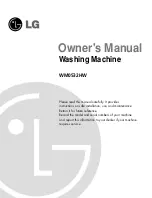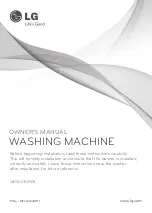Reviews:
No comments
Related manuals for EJ09

FAX-JX500
Brand: Canon Pages: 2

Memory Craft 9450QCP
Brand: Janome Pages: 124

Jem Platinum 720
Brand: Janome Pages: 41

PHANTOM F3
Brand: Cameo Pages: 40

44-26
Brand: Singer Pages: 47

fog-smoker 2F
Brand: Ehle Pages: 20

Snack Safety Point SVE SSP
Brand: SandenVendo Pages: 44

1600
Brand: Rosco Pages: 50

HZL-F series
Brand: JUKI Pages: 168

WM0532HW
Brand: LG Pages: 48

WD14030RD6
Brand: LG Pages: 44

DPK-5
Brand: SunStar Pages: 18

TB 250
Brand: Opus Pages: 8

MBE-300
Brand: Opus Pages: 28

Atlas 300 mono
Brand: Opus Pages: 32

420 VS
Brand: HTC Pages: 46

RL-340
Brand: Riccar Pages: 16

ARCTIC SILVER 90SW
Brand: Life Fitness Pages: 15

















